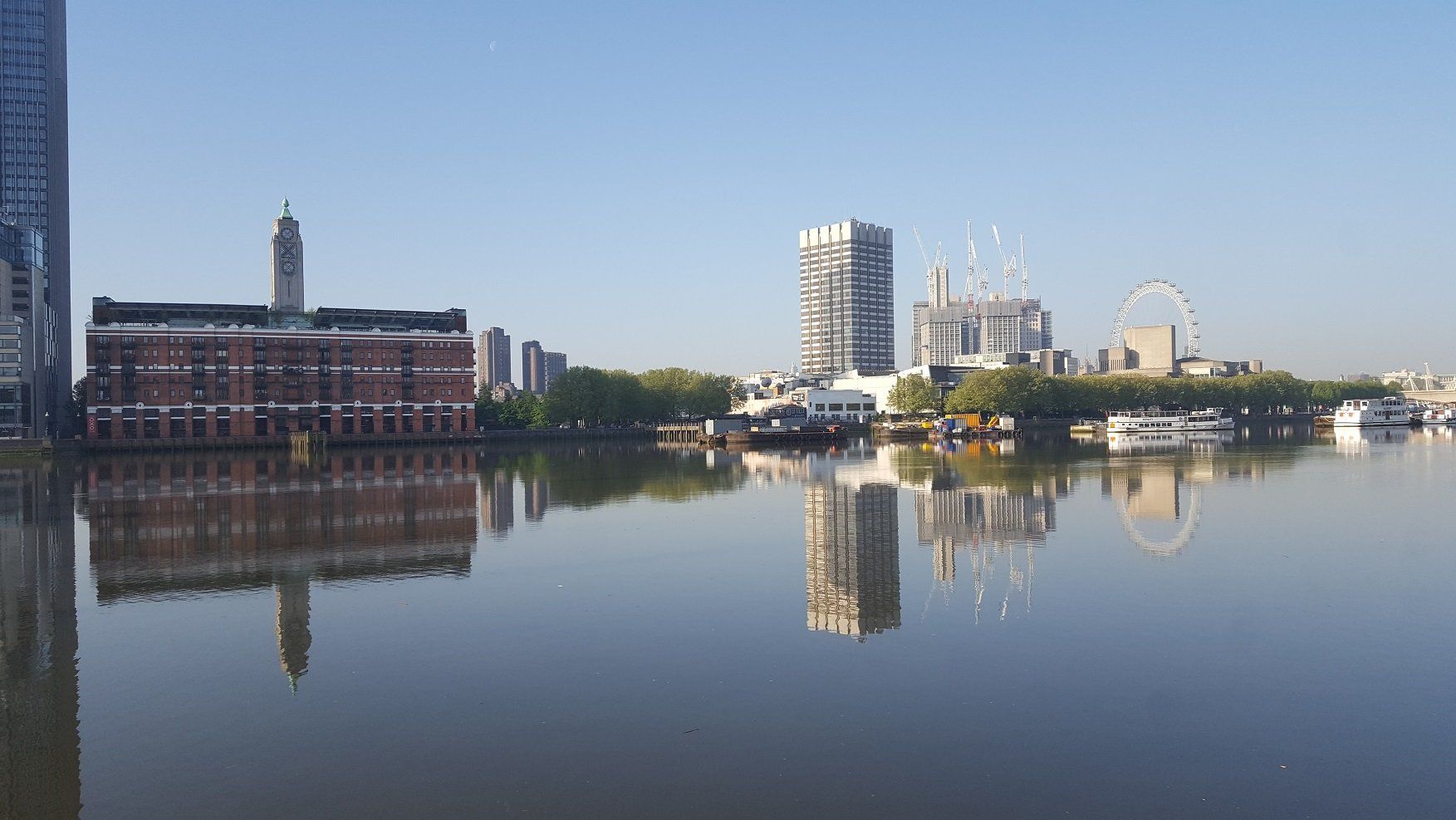"Everything you say should be true, but not everything true should be said." Voltaire, 18th century French philosopher and writer.
This is a question that I wrestled with when I started working as a London tour guide. I worked on the open-top buses, giving a tour and a potted history of this lovely town. It was a general London tour, and we had a script to learn. Then we drove around on the double decker bus, and I had information and stories for each place that we saw. The problem was I couldn’t leave it at that. I wanted to know more about the subjects I was talking about and so I began to research.
Sadly, I soon discovered that many of the great London stories are not true. They are just tales that have been repeated over and over. “If the crows leave the Tower of London, then the monarchy will fall”, a Victorian invention. “These pelicans are descendants of ones given to Charles II”, not blooming likely.
Could I in good conscience continue to use them? If I did not, would I have enough material? Do people expect to hear these stories. In the end, I decided that some of them are required. It’s just part of a good London tour and so I would qualify myself by saying, “Well, this is the story…”.
Much later in my career I have a similar dilemma taking people on tours of the Natural History Museum. The galleries are full of fabulous ancient monsters, the dinosaurs. Some of which could fill a large room, with necks that reach to the ceiling, they are extraordinary to see.
But when you read the information boards and the labels, you discover that most of them are not real. They are not ancient bones turned to stone; they are models made of plaster.
Should I tell people? If they don’t notice and assume they are real, what do they gain by letting them into the big secret. I like to be right but I’m not sure they gain anything from the telling. If they ask, I will tell them but if not, we get to look, and I tell them stories about these wonderful creatures.
“Not everything true should be said.”
ADDRESS

OPENING HOURS
- Mon - Wed
- Appointment Only
- Thu - Sat
- Closed
- Sunday
- Appointment Only

